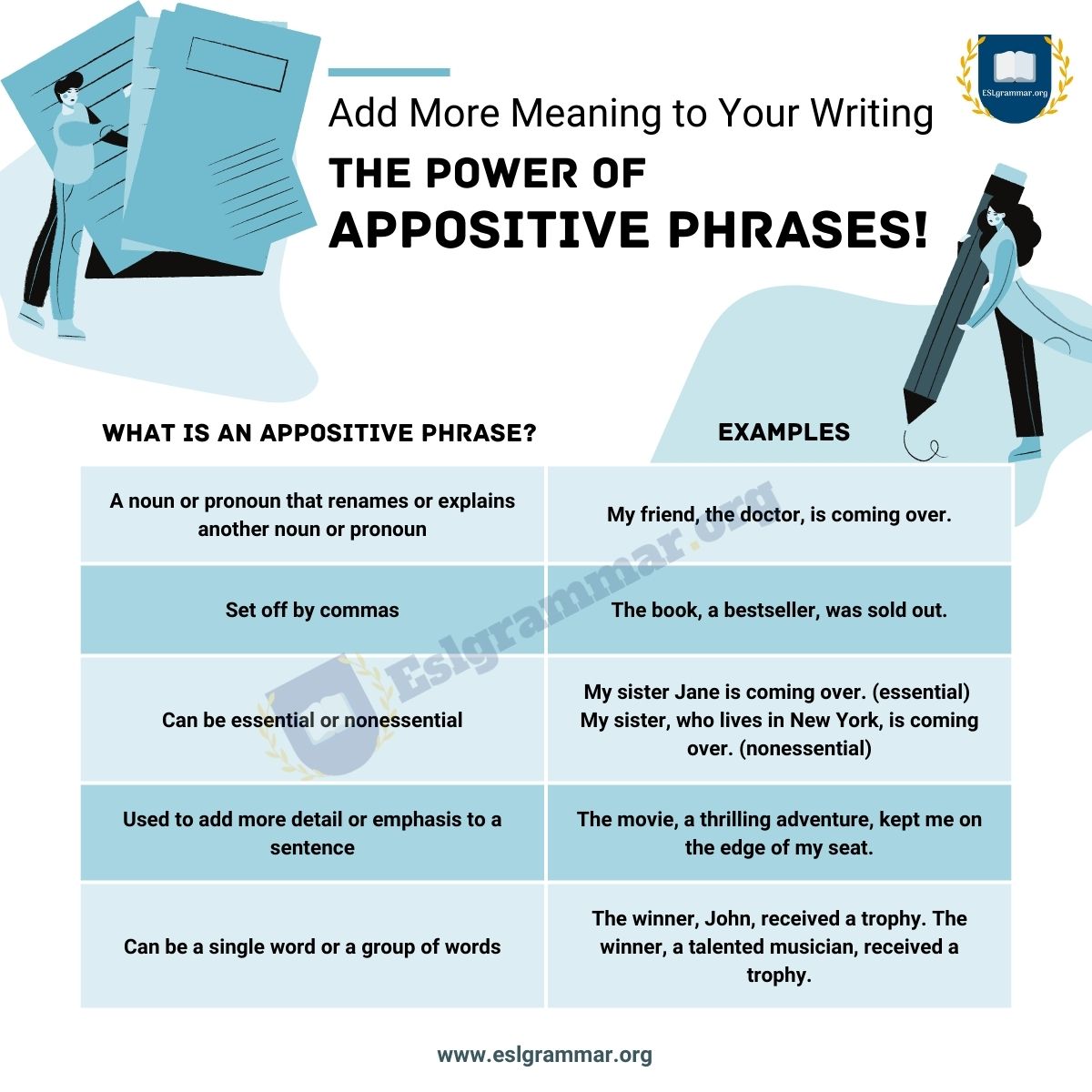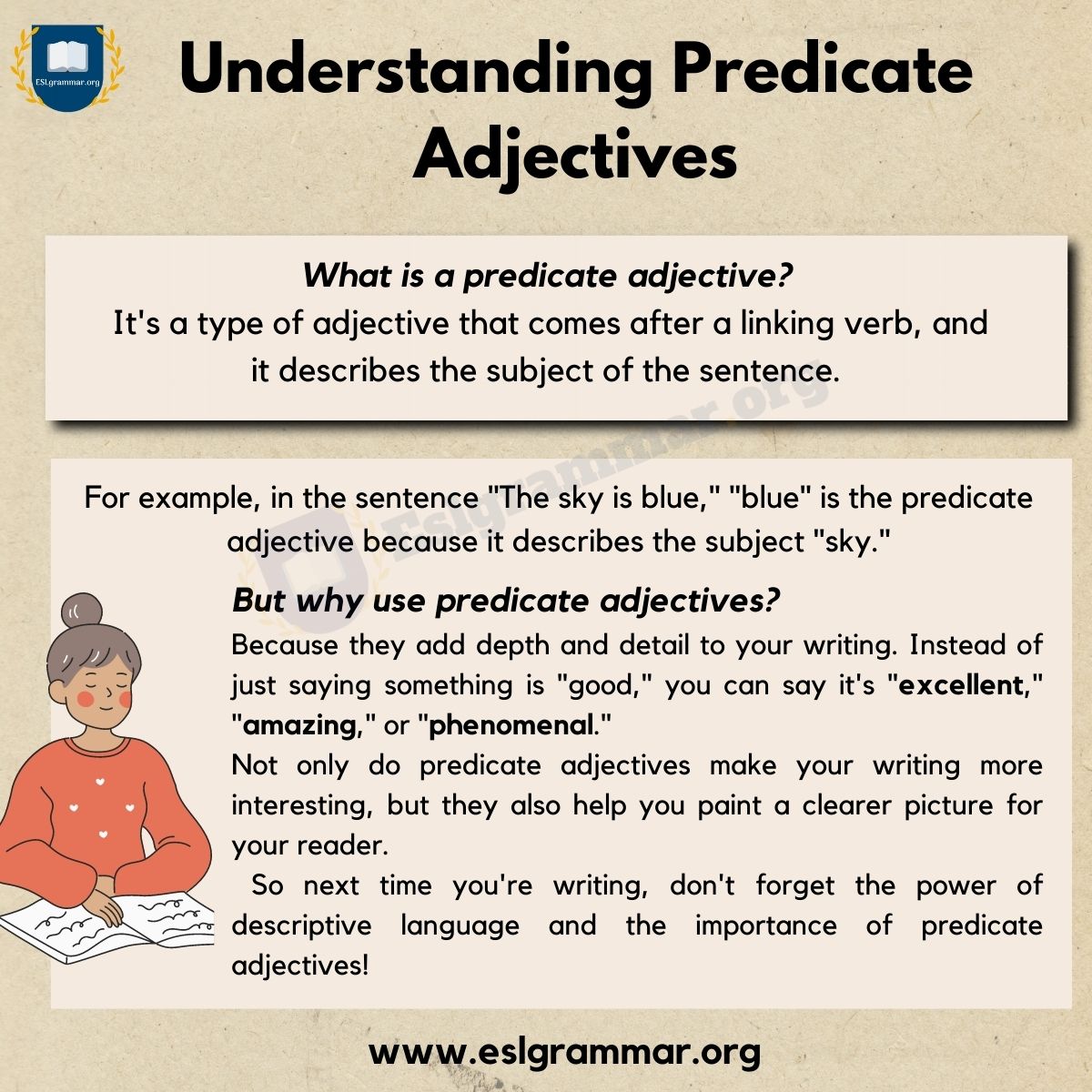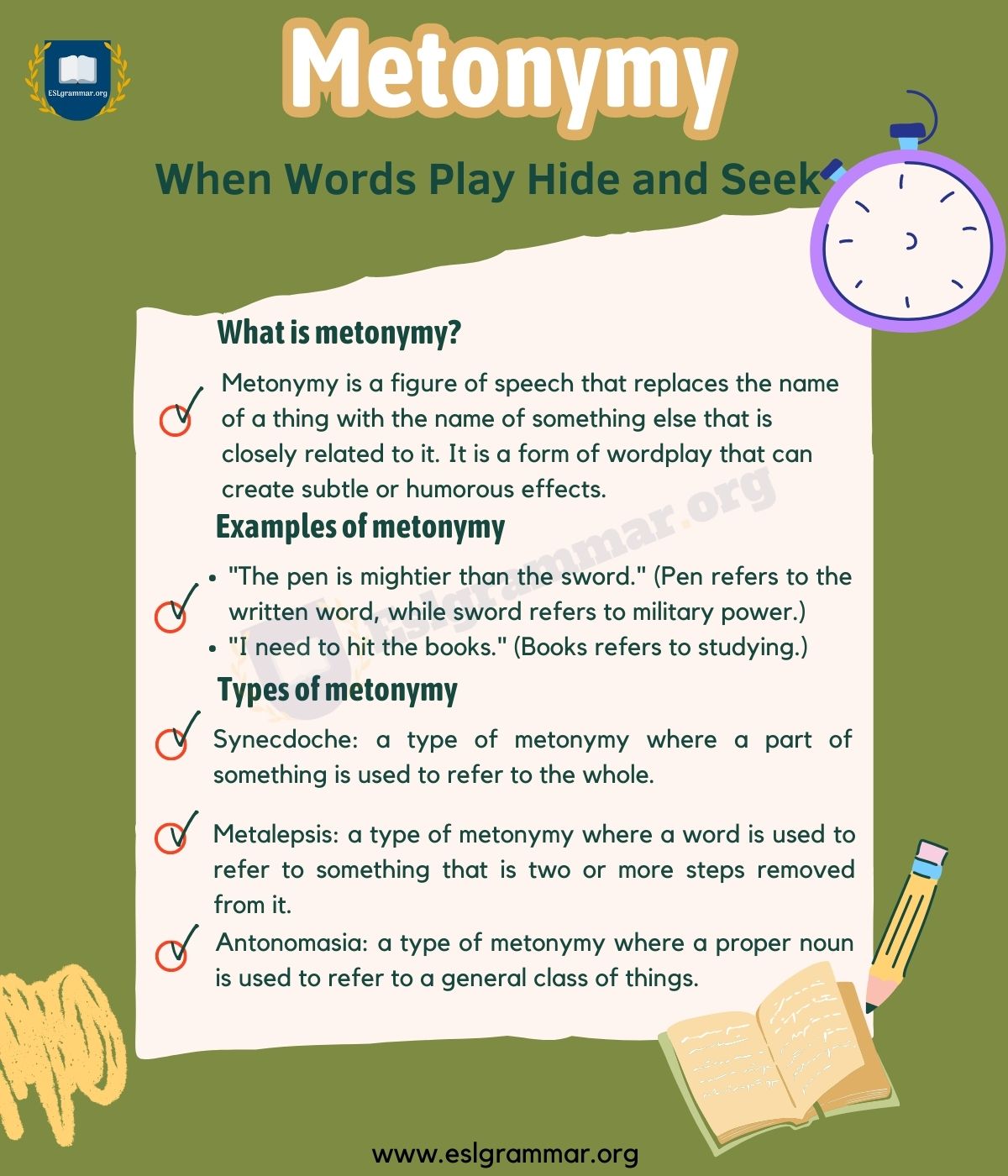Subject complement is an essential concept in English grammar that plays a crucial role in clarifying the subject of a sentence. It is a word or phrase that appears after a linking verb and identifies, describes, or renames the subject. A subject complement is closely related to the subject and completes the sense of the verb.
In this article, we will explore the concept of subject complement in detail and provide examples to help you understand how to use it correctly. Whether you are a native English speaker or a non-native speaker, this article will help you improve your writing and speaking skills by clarifying the role of subject complements in English grammar.
Contents
Understanding Subject Complement
Subject complement is a crucial concept in English grammar. It is a word or phrase that follows a linking verb and provides more information about the subject of a sentence. The purpose of a subject complement is to identify, define, or describe the subject and complete the sense of the verb.
Subject complements can be either an adjective, a noun, or a pronoun. They usually come after linking verbs and sense verbs like be, seem, smell, taste, and change of state verbs like go, get, become. Subject complements can be a word or words, a phrase, or a clause.
In traditional grammar, a subject complement is usually identified as either a predicate nominative or a predicate adjective. A predicate nominative renames the subject while a predicate adjective describes the subject. For example, in the sentence “She is a doctor,” “doctor” is the predicate nominative that renames the subject “she.” In the sentence “The flowers smell sweet,” “sweet” is the predicate adjective that describes the subject “flowers.”
It’s important to note that not all verbs have subject complements. Action verbs, for example, do not have subject complements because they describe an action rather than a state of being. In contrast, linking verbs require subject complements to complete the sense of the sentence.
Understanding subject complements is essential for constructing clear and concise sentences in English. By using subject complements effectively, you can provide more information about the subject and make your sentences more descriptive and engaging.
Types of Subject Complement
In English grammar, a subject complement is a word or phrase that follows a linking verb and describes or renames the subject of the sentence. There are three types of subject complements: predicate nominatives, predicate adjectives, and predicate pronouns.
Predicate Nominative
A predicate nominative is a noun or pronoun that follows a linking verb and renames the subject of the sentence. It provides more information about the subject and helps to clarify its identity.
For example:
- The winner of the competition is John. (In this sentence, “John” is the predicate nominative as it renames the subject “winner”.)
- The new teacher is Mrs. Smith. (In this sentence, “Mrs. Smith” is the predicate nominative as it renames the subject “teacher”.)
Predicate Adjective
A predicate adjective is an adjective that follows a linking verb and describes the subject of the sentence. It provides more information about the subject and helps to clarify its characteristics.
For example:
- The soup smells delicious. (In this sentence, “delicious” is the predicate adjective as it describes the subject “soup”.)
- The weather is sunny. (In this sentence, “sunny” is the predicate adjective as it describes the subject “weather”.)
In conclusion, understanding the different types of subject complements can help you to construct grammatically correct sentences. By using predicate nominatives, predicate adjectives, and predicate pronouns, you can provide more information about the subject and help to clarify its identity and characteristics.
Identifying Subject Complement
A subject complement is a word or phrase that follows a linking verb and describes, identifies, or renames the subject of the sentence. Understanding how to identify subject complements is essential in mastering English grammar. Here are some tips to help you identify subject complements in a sentence:
- Look for linking verbs: Subject complements follow linking verbs such as “be,” “appear,” “seem,” “feel,” “look,” and “sound.” These verbs do not show action but instead connect the subject to the complement.
- Identify the subject: The subject is the person, place, thing, or idea that the sentence is about. It is usually located at the beginning of the sentence.
- Find the complement: The complement is the word or phrase that follows the linking verb and completes the sentence’s meaning.
- Determine the type of complement: Subject complements can be either predicate nominatives or predicate adjectives. Predicate nominatives are nouns or pronouns that rename the subject, while predicate adjectives describe the subject.
Let’s take a look at some examples:
- The puppy looks cute. (“Cute” is the subject complement, and it is a predicate adjective.)
- My friend is a doctor. (“Doctor” is the subject complement, and it is a predicate nominative.)
- The cake smells delicious. (“Delicious” is the subject complement, and it is a predicate adjective.)
- She seems happy. (“Happy” is the subject complement, and it is a predicate adjective.)
By understanding how to identify subject complements, you can improve your writing and speaking skills. Practice identifying subject complements in different sentences to master this essential grammar concept.
Subject Complement vs Direct Object
In English grammar, a subject complement and a direct object are two different grammatical elements that serve different purposes in a sentence. While both of them can follow a verb, they have different functions and positions in the sentence.
A direct object is a noun or pronoun that receives the action of the verb. It answers the question “what” or “whom” after the verb. For example, in the sentence “I ate an apple,” “apple” is the direct object, as it receives the action of the verb “ate.”
On the other hand, a subject complement is a word or phrase that follows a linking verb and describes or identifies the subject of the sentence. It can be an adjective, a noun, or a pronoun. For example, in the sentence “She is a doctor,” “doctor” is the subject complement, as it identifies the subject “she.”
To differentiate between a direct object and a subject complement, we can ask two different questions. For a direct object, we can ask “what” or “whom” after the verb, while for a subject complement, we can ask “what” or “who” after the linking verb.
Here are some examples to illustrate the difference between a direct object and a subject complement:
- Direct object: He ate the pizza.
- Subject complement: He is a chef.
In the first example, “pizza” is the direct object, as it receives the action of the verb “ate.” In the second example, “chef” is the subject complement, as it identifies the subject “he.”
It is important to note that not all verbs can take both a direct object and a subject complement. Some verbs, such as “look,” “feel,” and “smell,” can only take a subject complement, while others, such as “eat,” “kick,” and “play,” can only take a direct object.
In summary, a direct object and a subject complement are two different grammatical elements that serve different purposes in a sentence. While a direct object receives the action of the verb, a subject complement describes or identifies the subject of the sentence.
Common Mistakes with Subject Complement
Subject complements can be tricky to master, especially for non-native English speakers. Here are some common mistakes to avoid:
Mistake 1: Using an adverb instead of an adjective
One common mistake is using an adverb instead of an adjective in a linking verb sentence. For example, using “tastes badly” instead of “tastes bad”. Remember that a linking verb connects the subject to the complement, and the complement should describe or rename the subject with an adjective.
Mistake 2: Confusing subject complements with objects
Another mistake is confusing subject complements with objects. Remember that a subject complement follows a linking verb and describes or renames the subject, while an object follows an action verb and receives the action of the verb. For example, “She looks happy” (subject complement) vs. “She ate an apple” (object).
Mistake 3: Using the wrong form of the verb “to be”
Using the wrong form of the verb “to be” can also lead to mistakes with subject complements. Remember that the form of “to be” should match the subject and tense of the sentence. For example, “I am happy” (present tense) vs. “She was tired” (past tense).
Mistake 4: Using the wrong type of complement
Finally, using the wrong type of complement can also lead to mistakes. Remember that a subject complement can be a word or words, a phrase, or a clause. It can be an adjective, noun, pronoun, possessive noun or pronoun, or adverb of time or place. Make sure to choose the right type of complement to complete the sense of the verb and describe or rename the subject accurately.
By avoiding these common mistakes, you can improve your understanding and use of subject complements in English grammar.
Practice Exercises
To reinforce your understanding of subject complements, it’s important to practice identifying them in sentences. Here are some practice exercises that you can do:
Exercise 1
Identify the subject complement in each of the following sentences and note whether it is a noun, adjective, or pronoun.
- The cake smells delicious.
- She seems happy.
- The flowers look beautiful.
- The movie was boring.
- The baby sounds sleepy.
Exercise 2
Identify the object complement in each of the following sentences and note whether it is a noun, adjective, or pronoun.
- The teacher called her student a genius.
- They painted the wall blue.
- We elected him president.
- The doctor declared the patient healthy.
- The chef made us a delicious meal.
Exercise 3
Identify whether the underlined word is a subject complement or an object complement.
- The teacher called her student a genius. (object complement)
- She seems happy. (subject complement)
- They painted the wall blue. (object complement)
- The movie was boring. (subject complement)
- We elected him president. (object complement)
By completing these practice exercises, you’ll become more confident in identifying subject and object complements in sentences. Keep practicing and you’ll soon master this important aspect of English grammar!
Frequently Asked Questions
What are the types of subject complement?
There are three types of subject complement: predicate nominatives, predicate adjectives, and object complements. Predicate nominatives rename the subject, while predicate adjectives describe it. Object complements, on the other hand, complete the meaning of the direct object.
Can you give examples of subject complement using gerunds?
Yes, a gerund can be used as a subject complement. For example, “Her favorite hobby is painting” – “painting” is the gerund used as a subject complement.
What is an example of a subject complement with a linking verb?
An example of a subject complement with a linking verb is “He is a doctor.” In this sentence, “doctor” is the subject complement.
What is the definition of subject complement in English grammar?
In English grammar, subject complement is a word or phrase that follows a linking verb and describes or renames the subject of the sentence.
What is the difference between subject complement and direct object?
A subject complement describes or renames the subject of the sentence, while a direct object receives the action of the verb.
How can I identify the subject complement in a sentence?
To identify the subject complement in a sentence, look for a linking verb followed by a word or phrase that describes or renames the subject. The subject complement can be a noun, pronoun, adjective, or gerund.








